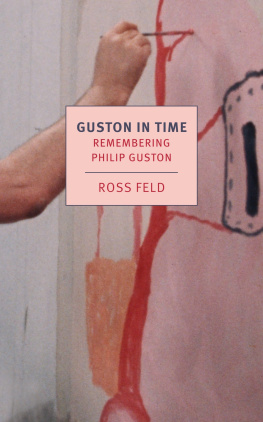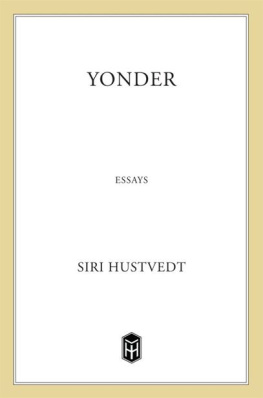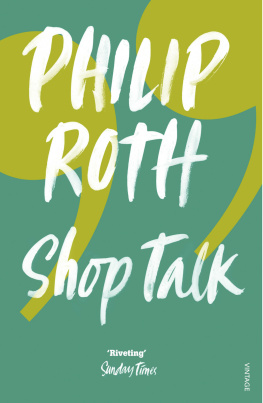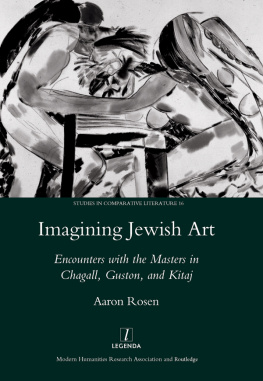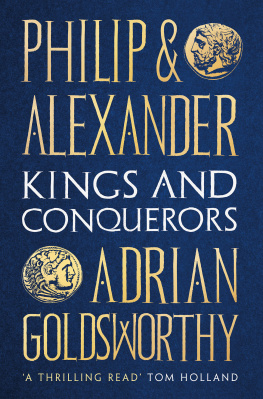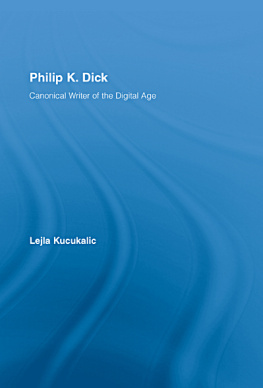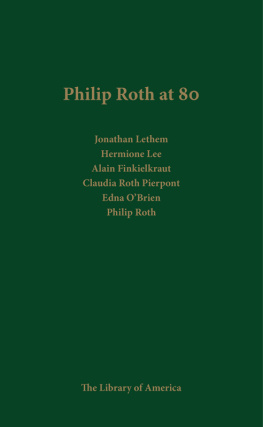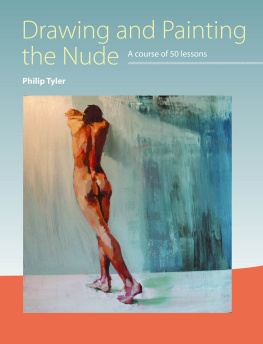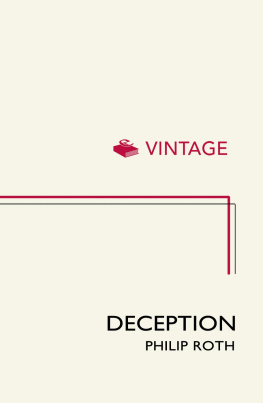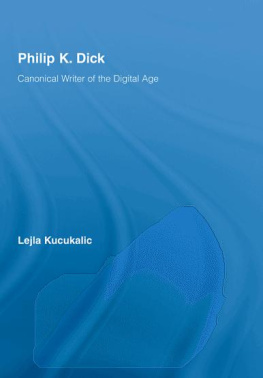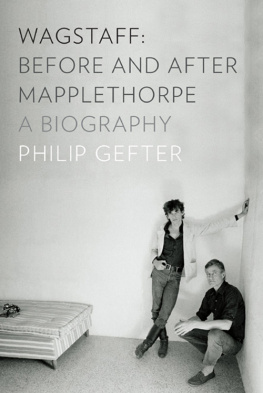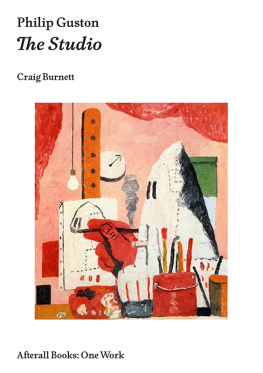Table of Contents
Landmarks
ROSS FELD (19472001) was born in Brooklyn, New York; attended Erasmus Hall High School; and did not quite graduate from the City College of New York. From an early age, he showed a gift for befriending artists and writers. In his teens, he exchanged letters with Denise Levertov and took part in the Poetry Project at St. Marks Church-in-the-Bowery, getting to know Paul Blackburn, Joel Oppenheimer, Frank OHara, and Seymour Krim. In his early twenties, Feld worked for Time-Life Books and, under Gilbert Sorrentino, at Grove Press. After publishing one collection of poetry, Plum Poems (1971), he devoted his considerable energies to prose. Between 1973 and 1999, he published four novelsYears Out, Only Shorter, Shapes Mistaken, Zwillings Dreamand countless essays and reviews. It was Felds review of a controversial show by Philip Guston in 1976 that struck the first spark of their friendship, which would continue until Gustons death in 1980. Feld died in Cincinnati after a long struggle with lymphatic cancer, under whose shadow he had been living for nearly thirty years.
GUSTON IN TIME
Remembering Philip Guston
ROSS FELD
NEW YORK REVIEW BOOKS

New York
THIS IS A NEW YORK REVIEW BOOK
PUBLISHED BY THE NEW YORK REVIEW OF BOOKS
435 Hudson Street, New York, NY 10014
www.nyrb.com
Copyright 2003 by the Estate of Ross Feld
All rights reserved.
Grateful acknowledgment is made to the Estate of Philip Guston for permission to include letters written by Philip Guston and for the reproduction of works of art by Philip Guston in this book.
First published as a New York Review Books Classic in 2022.
Cover image: from Philip Guston: A Life Lived, 1981, directed by Michael Blackwood, produced by Michael Blackwood Productions
Cover design: Katy Homans
Library of Congress Cataloging-in-Publication Data
Names: Feld, Ross, 19472001, author.
Title: Guston in time / by Ross Feld.
Description: New York: New York Review Books, [2022] | Series: New York
Review Books Classics
Identifiers: LCCN 2021038740 (print) | LCCN 2021038741 (ebook) | ISBN 9781681376615 (paperback) | ISBN 9781681376622 (ebook)
Subjects: LCSH: Guston, Philip, 19131980Criticism and interpretation.
Classification: LCC ND237.G8 F45 2021 (print) | LCC ND237.G8 (ebook) | DDC 759.13dc23
LC record available at https://lccn.loc.gov/2021038740
LC ebook record available at https://lccn.loc.gov/2021038741
ISBN 978-1-68137-662-2
v 1.0
For a complete list of titles, visit www.nyrb.com
CONTENTS
GUSTON IN TIME
LETTER
NOW it is a different sort of contestnot what you sawnot what youwetalked about. Now the contest is between knowing and not knowing. Since you were herea week ago?Ive painted three picturesthe firsta brick wall, me & Musa behind it. In front of the wall, a sort of scrimmage is taking placearms, discs, etc., the abstract forces are trying to pile themselves up into a permanent moundBUTa hammer looming in from the top-side is definitely hitting this structure, making it seem as if it is crumbling, collapsing. Added to all of this, and below my profile and Musas frontal view, is a fluttering, a merry mix-up of buzzing insectsbugsdemon bugsa happy commotion. They, too, seem to be adding (I know they are) to the general dismantling of the piled-up structure. It is a painting of crumblingof dissolution. As I look at it nowtodayI was heading for another state of feeling not known to me.
The second picture is of me talking and smoking in a vast blue-gray but dense atmosphere. I am talking feverishlythere is a big pileup of cigarette butts plastered right smack on my cheekand they formGod knows whatsome sort of thick cluster of stuff, which moves in a sort of radial-like movementinoutand across (BUT THEY ARE STUCK!). I started to shake when I painted this picture. God, there is no picture plane! It is just real, thats all there isjust realno plane at allWhat nonsensethis idea of a planeNoall there finally is left is just the momentthe secondof lifes gesturefixed foreverin an imagethereto be seen. (You could put your hand right into the image!)
Everything else is only a notiona cluster of notions about art, just programming you might say. Well, this smoking talking man set me on my earI couldnt wait to start on the next. I decided to do a large oneon the wall this time. It is Thursdaythe day you were here a week agoand I have painted a largelargecluster of peoplebeings, in a flood of closenessthere is no picture plane now whatsoeverThere is now instead every moodfrom angerto sorrowto peaceto resignationto aweto stillnessno movement, no diagram at all of held ideasit is a mound of flesh, of eyes, cheeks, ears, bones, craniumsyou could run your hand over it all, go into the narrow spaces between the heads, but there wouldnt be much room at all. A feather might barely get in. There is no order especiallyif there is an order to it at all, I dont know itdont comprehend itit is like nothing Ive done beforenot one area in this mound stops to let you look at it. Ah, so thats what art islets you stopisolate itlets us see itbut here in this new picture there is nothing to seeexcept multitudes of masses, that go on foreverin the mind. There is no planeat all. You could mingle with this crowd, move into itsubmerge yourself in itbe part of it. You would hear voices, murmurs, weeping
[1978]
1. ALLEGORY
Philip Guston had a nearly limitless appetite for talk. Once, when I visited him upstate, the first words out of his mouth as he met me on the train platform at Rhinecliff were: Soabout Brancusi... It wasnt surprising, then, to hear him begin telling me one day over lunch in the Village in 1977 about something hed been reading a few days before that had excited him greatly.
Hed read an essay by Charles Rosen that had appeared in The New York Review of Books, a piece that concerned Walter Benjamins 1928 book, The Origins of German Tragic Drama. This had been Benjamins first and only completed longer work, his doctoral thesis (though rejected); and Rosens discussion of one of Benjamins signature ideas therethe notion of art as ruinseemed to have enveloped Guston in a blaze of sparks. The enthusiasm, coming from a painter whose father had for a time peddled junkand who himself for forty years had been picturing garbage cans, middens, old pots, and crumbling wallswas understandable. Yet on that 1977 midday Guston seemed to me unusually wound up. His talk leapfrogged here and there. When we hadnt seen each other for a few weeks I tended to be more conversationally correct, spending some time tugging Guston back to earth a little when his kite seemed headed for a tree. But this idea of art as finished not only in a practical, immediate sense but in an elongatedly temporal senseas something dead and in its very essence decayingwas something Guston clearly responded to on the deepest level, and there was no stopping him.
Not that many months later Guston would bring up Benjamin again, this time at a public discussion the two of us had together at Boston University. Guston was a University Professor there during the seventies, an appointment which involved periodic sessions of studio-teaching (hed travel north from home and take a hotel room for the week) plus an every-now-and-then public talk. Guston preferred these talks to take the form of dialogues, and in the past hed held one such with Harold Rosenberg and one other with his B.U. painter-colleague Joseph Ablow.

